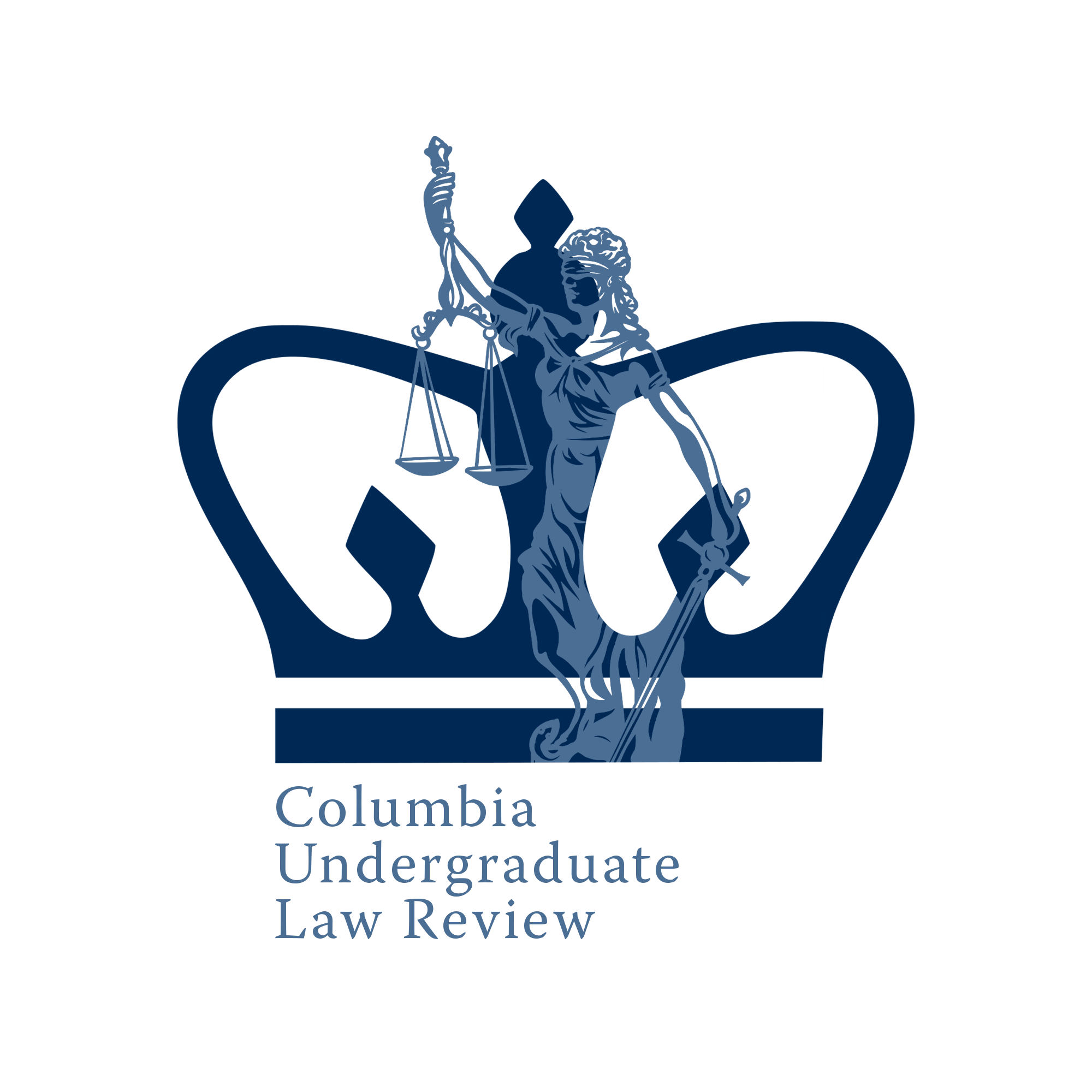In the United States, every vote counts: especially in the hands of a jury. Unanimity in juries is essential in order to correctly deal the hand of freedom or incarceration to a defendant. This principle came under scrutiny in the case of Evangelisto Ramos, who was sentenced to life in prison despite two jurors declining to vote guilty due to reasonable doubt [in the prosecution's case]. Ramos appealed his case and this principle of unanimity was solidified when the 2020 U.S. Supreme Court decision of Ramos v. Louisiana found that, in accordance with the Sixth Amendment of the Constitution, a guilty verdict in criminal cases must be unanimous. There was tension between this decision and the case of Thedrick Edwards, a black man who was found guilty and sentenced to a life in prison based on a 10-2 jury vote prior to the decision of Ramos v. Louisiana. In 2021, the Supreme Court’s decision of Edwards v. Vannoy found that jury unanimity cannot apply retroactively to court decisions. However, the Supreme Court’s refusal to retroactively require unanimous jury verdicts in Edwards v. Vannoy is unconstitutional—Edwards was denied the Sixth Amendment right to a unanimous jury due to the erosion of civil rights at the state level and the Court’s failure to follow precedent in correcting past injustices. In addition to a lack of constitutional basis, Edwards v. Vannoy perpetuates racial bias by not allowing this retroactive appeal; non-unanimous juries are historically exclusionary towards African Americans, and unanimous juries provide a more even field by not allowing the voices of African American people go unheard if they are the minority of a jury vote. The right to have a decision by a unanimous jury was denied to Edwards, a denial that stands in direct conflict with the protections guaranteed by the Sixth Amendment.
Read More“Say her name!” Many are familiar with Georgia Representative Marjorie Taylor Greene’s outburst at former President Biden’s 2024 State of the Union. Few are familiar with the details behind this exclamation. Laken Riley was a twenty-two-year-old nursing student at Augusta University College of Nursing when she was killed by Jose Antonio Ibarra on February 24th, 2022. Ibarra, an undocumented immigrant, was found guilty of Riley’s murder and sentenced to life in prison without parole. In the short while after her death, Laken Riley’s name became a rallying cry for drastic immigration reforms from conservative Congress members and President Donald Trump, who, at the time, was campaigning for his re-election. These reforms came to fruition when President Trump signed the Laken Riley Act into law on January 29th, 2025–his first piece of legislation since his inauguration on January 20th. The act requires the mandatory detention of undocumented immigrants who are accused or arrested of committing a crime of burglary, theft, larceny, or shoplifting without the possibility of bail or provision for release even if charges are dropped. [1] It also “authorizes states to sue the federal government for decisions or alleged failures related to immigration enforcement,” endowing standing for states to challenge federal policy and enforcement of immigration policy within their borders. [2] While there is precedent to support strong federal oversight of immigration policy, the Laken Riley Act and the likely decision of the U.S. Supreme Court to rule in its favor, as they did in Trump v. Hawaii (2018), presents an unconstitutional foundation for the removal of due process and equal protection vested in the United States Constitution.
Read MoreGenerative AI has become an increasingly popular tool among artists, museums, and even corporations seeking to create more appealing advertisements. It is a powerful program for creatives to maximize efficiency and to translate their artistic vision into a final product that surpasses the abilities of the human hand. Art produced by AI has undoubtedly found its place in major art institutions: in late 2022, for example, the Museum of Modern Art in New York City (the MoMA) held an exhibition called Unsupervised featuring a machine-learning model. Artist Refik Anadol trained the model to draw on all of MoMA’s publicly available works in creating its own interpretation of the museum’s history, providing an immersive experience for the audience. [1] Generative AI is also used for marketing: Coca-Cola became the subject of controversy last holiday season for its AI-produced Christmas advertisement, though it is among several companies like BMW and Heinz that rely on the technology. Generative AI has undeniable benefits when our imaginations stretch beyond human capability, but we fail to consider its unethical training process and the artists left most vulnerable by its popularity. Its widespread use harms those whose work is exploited and replicated by these machines without their consent and protection. This sinister side of generative AI is central to the ongoing case Andersen v. Stability AI from the Northern District of California.
Read MoreAfter many months of anticipation since its initial consideration in January, the Supreme Court finally released a decision in June 2024 for Loper Bright Enterprises v. Raimondo, 603 U.S. ___ (2024). This case has been watched closely by both legal scholars and average citizens for its deep effects on the regulation of businesses, healthcare, taxes, and many other facets of everyday life. Upon its release, the decision struck down a long-standing precedent set by Chevron U.S.A., Inc. v. NRDC, 467 U.S. 837 (1984), which has been used as the basis for administrative law arguments for forty years. Immediately following the decision, dozens of popular news sources covered the implications of this case, including how it resulted in a shift of power from federal agencies to courts and why these courts may not be equipped to decide the technical issues that they will now face going forward. These popular sources focused their discussions on deference and who was newly responsible for determining matters of ambiguity, yet few considered Loper Bright’s broader implications in the legal and political world. While the new precedent set by this case certainly raises questions concerning how well-equipped these courts are to handle the issues they will now face, the changes resulting from Loper Bright will be far more complex than a mere change in deference, and its changes will be felt across the legal world. The overturning of the Chevron deference by Loper Bright not only changes the legal powers of courts and agencies in interpreting statutes of ambiguous nature, but it will also significantly slow down the rulemaking process, introduce further politicization, and present a severe barrier for future bills to be passed.
Read MoreIn 2008, amidst a global financial meltdown, someone calling himself Satoshi Nakamoto—who has kept his identity a secret to this day—published a paper introducing the idea of Bitcoin. [1] Before Nakamoto’s foundational document of cryptocurrency, there was no functioning blockchain. Bitcoin, like other cryptocurrencies, is an “electronic coin.” It exists on a public ledger called a “proof-of-work chain” (PoW) blockchain, where transactions are verified by “miners,” or programmers who solve complex computational puzzles to add new transactions to the existing chain. [2] Each successful verification adds a block to the blockchain, which is publicly accessible and ensures that the transfer of funds is tamper-proof. This process is decentralized, meaning it can happen anywhere worldwide.
This article explores the limitations of current U.S. regulatory frameworks—securities laws, anti-money laundering (AML) rules, and tax enforcement—in addressing the unique challenges posed by decentralized cryptocurrencies. Examining cases such as SEC v. LBRY, United States v. Harmon, and IRS v. Coinbase reveals the urgent need to develop a nuanced “Digital Asset Framework” (The Organization for Economic Co-operation and Development (OECD) has developed the “Crypto-Asset Reporting Framework” (CARF), which is a global initiative aimed at promoting the automatic exchange of information between countries to tackle emerging tax evasion risks related to cryptocurrency and digital assets. While CARF is an acronym related to digital assets, it pertains explicitly to reporting standards rather than a general evaluation framework. Therefore, no formal acronym is currently used for “Digital Asset Framework” in cryptocurrency.) to balance innovation, privacy, and accountability in this transformative sector, which drives innovation through decentralized technologies, emphasizes privacy in peer-to-peer transactions, and challenges traditional notions of accountability. These cases underscore this struggle as regulatory agencies seek to balance privacy, tax compliance, and innovation with the need for oversight in a rapidly evolving digital economy.
Read MoreIn the last decade, Google has become synonymous with the internet itself, its search engine serving as the primary gateway for billions of users to access information, commerce, and utilities. Google’s unparalleled dominance in the digital marketplace – particularly in search and advertising – has made the company a focal point of legal scrutiny, provoking inquiry from regulators worldwide. In the United States, this scrutiny has culminated in two ongoing antitrust cases brought by the Department of Justice (DOJ), representing the most significant antitrust challenges to a tech giant since United States v. Microsoft in 1998.
Read MoreLocal government is big government — its allotted power affects every single American. The United States’ municipal governments employ around 14 million people, more than federal and all state governments combined. These mass political bodies are primarily governed by Home Rule or Dillon’s Rule, and evolving legal limitations of both theories define local government authority. The recent Supreme Court decision in City of Grants Pass v. Johnson removes a barrier for local governments looking to expand power, creating a political body that can maneuver legal challenges presented by the Cruel and Unusual Punishment Clause through Home Rule favorability.
Read MoreArtificial Intelligence (AI) has been articulated to be the next revolutionary force within various areas of the law including antitrust, privacy, education, and labor law. However, AI’s specific implementation in the gig economy, such as personalizing wages for individual workers like rideshare drivers, may reverse groundbreaking decisions and pose new challenges in the evolving landscape of labor law protections for gig workers. Soon, it may influence labor in its entirety. The use of recent technological developments for the extraction and processing of data gives way to concerns about the reduction of privacy in the workplace as well as continued discrimination against gig workers contrary to major decisions by the National Labor Relations Board (NLRB). Atlanta Opera, Inc., for instance, classified gig workers as covered employees, granting them common-law protection. Despite this and similar rulings, the implementation of algorithmically personalized wages highlights the gaps in federal policy and law that fail to account for the nuanced and unconventional workplaces of the gig economy. Addressing this will require, in addition to ongoing efforts by workers and worker advocates, recognizing gig workers as covered employees, increasing legislation, and enforcing antitrust laws to curb employers’ algorithmic use of tools.
Read MoreNew York City has always been known as the site of change, ambition, and hope. Now, it faces a profound crisis: New York City cannot house its people. The city’s towering skyline hides a grim reality—shelter, the most basic human necessity, has become a luxury beyond reach for many. This housing crisis casts a shadow not only over current residents but also over the thousands who dream of calling the city home. Forbes projects that by 2032, New York City will fall short by 500,000 housing units. New York City hardly stands alone; this problem prevails across the United States.
Read More








